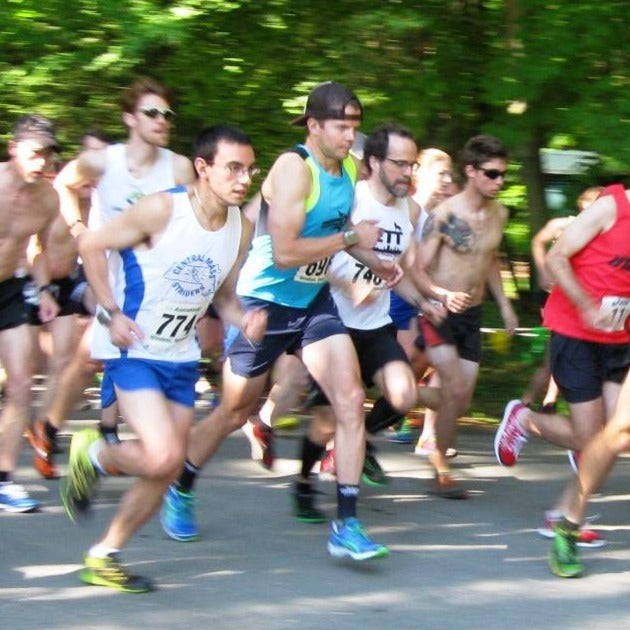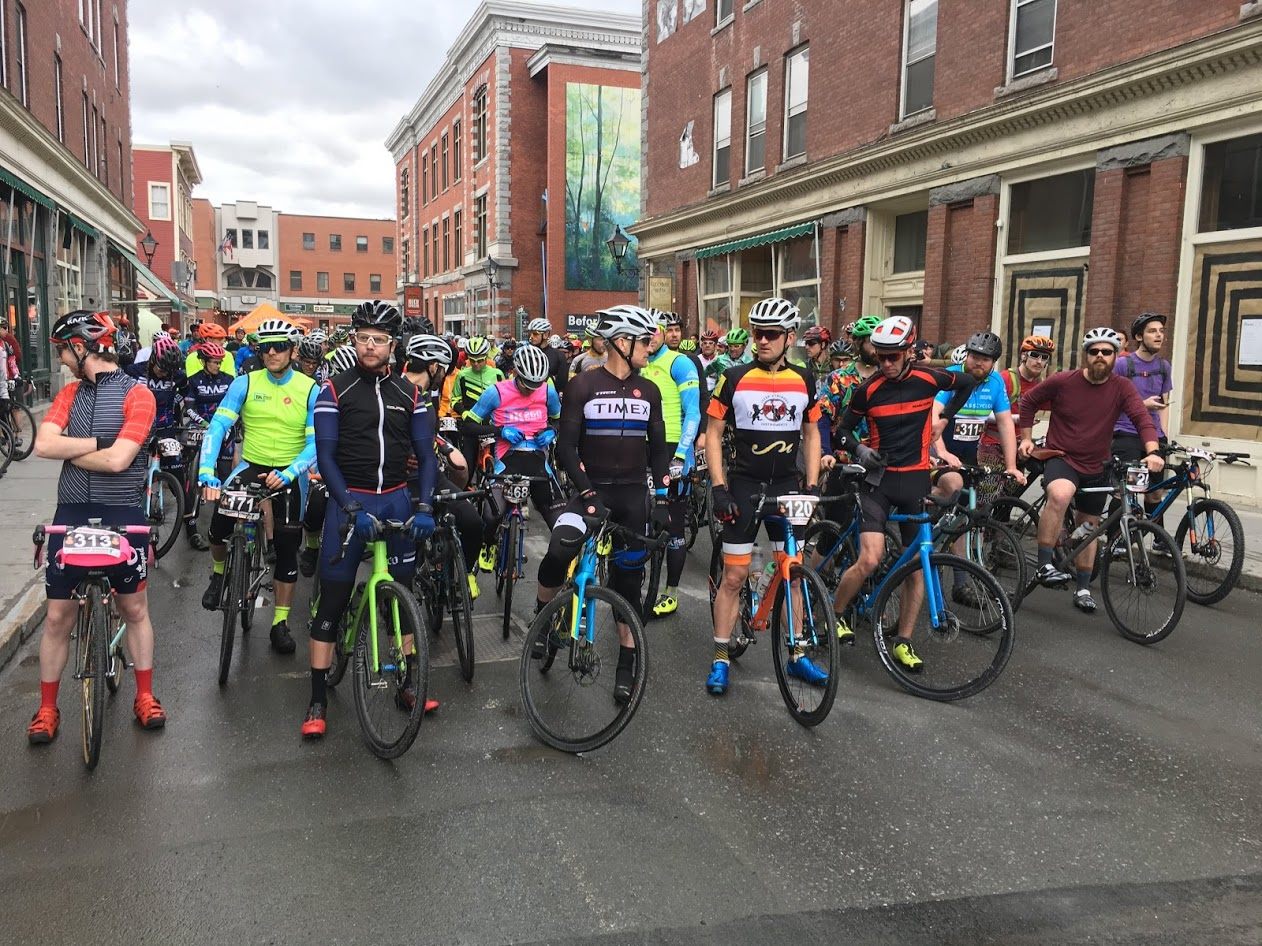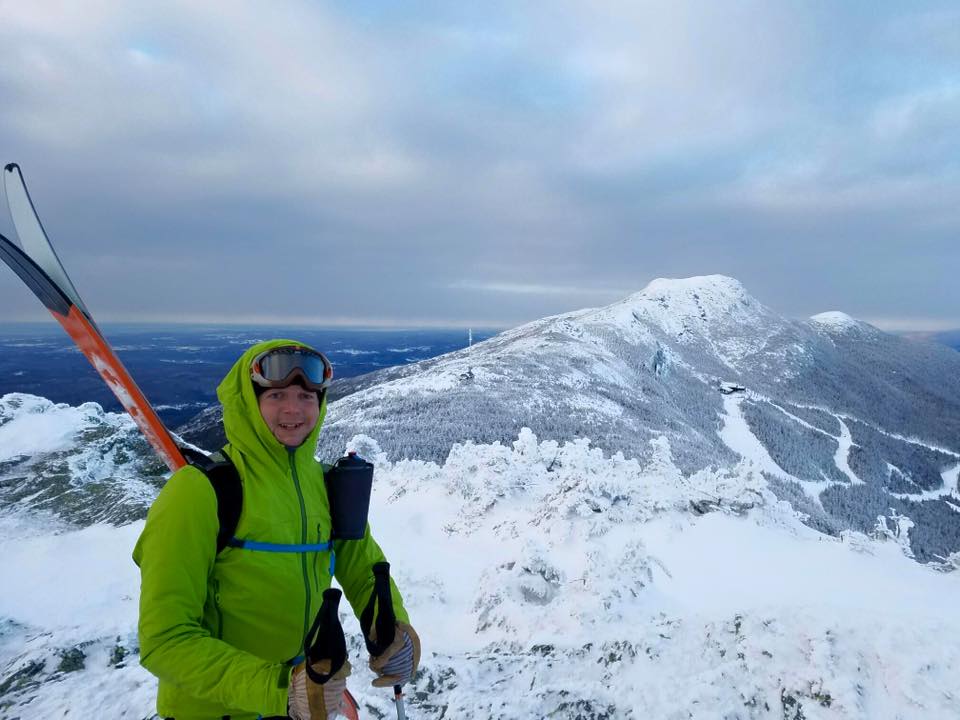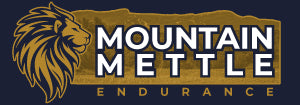


Methodology
What makes this approach different?
This approach is all about long term progress. It’s an approach that is dynamic and reactive to how well the athlete can absorb training stress and recover. It’s also a holistic approach that addresses all aspects of what creates long term progress. It’s using our training time doing the most effective training as possible for you depending on what your goal race is or goal fitness level.
This type of training is different.
The fluff is gone. I’ve had a long time to observe what works and what doesn’t. Our time is precious - let’s use it wisely- doing what works.
We will spend a great deal of time training at the “Junction”. The junction is a specific way of training that creates adaptations that get to the heart of what creates successful endurance athletes.
The junction is training at a specific intensity while simultaneously having high muscle tension. Think hiking or running up a steep incline, or biking uphill. When done at the right intensity and done consistently (and balanced with mobility work) the result is superior muscular endurance. The kind of fitness that lets you float uphill with ease.
This type of training is the key to success in all endurance sports requiring robust muscular endurance.
We have junction 1 and junction 2.
Junction 1 is primary and used all year. Junction 2 is used during key times in the build up to a race/event.
For cycling
Junction 1 is Aerobic Threshold (AeT) and low cadence / high muscle tension / Uphill
Junction 2 is sweet spot / low cadence high muscle tension/ Uphill
For Hiking/Running/Skinning
Junction 1 is AeT and uphill
Junction 2 is sub lactate threshold HR and uphill
For swimming
Junction 1 is 800TT pace + :10 per 100 using paddles
Junction 2 is 800TT pace using paddles
Get rid of all the fluff training and do what matters most - training stress that is optimal for you coupled with recovery based on your own body’s response to training. Stay in balance with your body. We will monitor as we go to get the flow right.
Cycling, triathlon, mtn running, hiking, and alpine touring skiing (skimo or backcountry) all require muscular endurance in order to perform and flourish. Gains in the aerobic system only won’t help you be successful unless you have the muscular power to use it. This often means building muscle and maintaining it.
Build and protect your muscle mass! This means ensuring adequate protein intake to train in this manner otherwise you can create a very catabolic situation in your body when you want more of an anabolic response. This is all especially critical for any athletes over 40 - age related muscle loss is no joke! Stay strong!
In addition to junction training we will develop a custom functional strength routine that we will use throughout the year. Other days of the week are used for recovery and mobility.
At Mountain Mettle we use heart rate extensively as well as HRV (Whoop or other device) for monitoring the response to the training load. For cycling we also incorporate power/wattage where available in addition to heart rate.
Athletes need a device that can monitor heart rate during exercise (using a chest unit not a wrist unit) devices by Garmin work well.
Athletes need an HRV monitoring tool like Whoop, Oura or HRV4Training. HRV4Training is by far the least costly choice.
For 1 to 1 coached athletes- you can expect a pre race call and post race debrief/analysis. Pre race calls typically focus on race day execution skills like pacing, fueling, hydration, technique, mindset. For cyclists we might also get into tire choice/tire pressure based on the course. Post race debrief calls focus on analysis and what items can be brought forth that teach us something about you that we then apply to your training. This style of coaching is an ongoing process of applying training stress, monitoring recovery, learning from training and racing, applying training stress…the cycle repeats itself with a focus on continuous improvement and long term progress.
